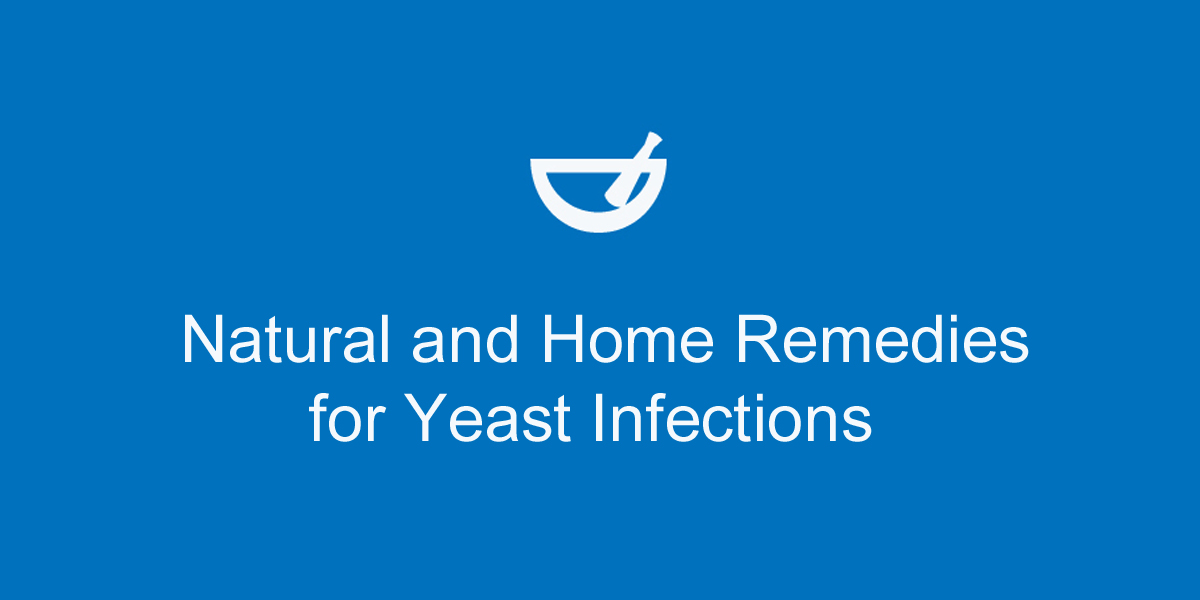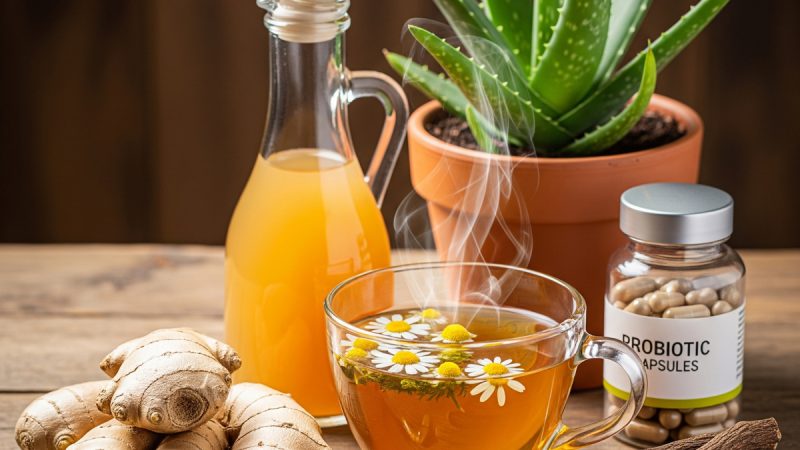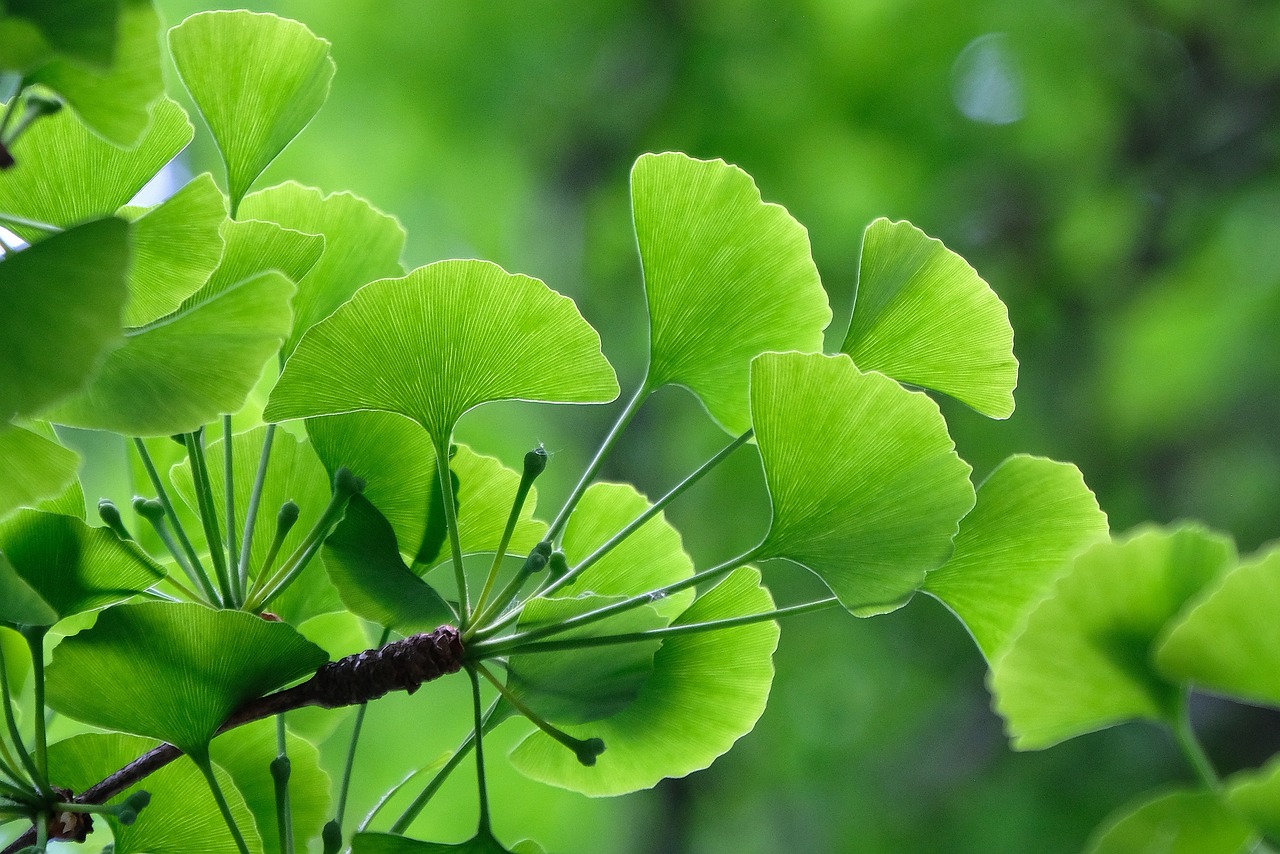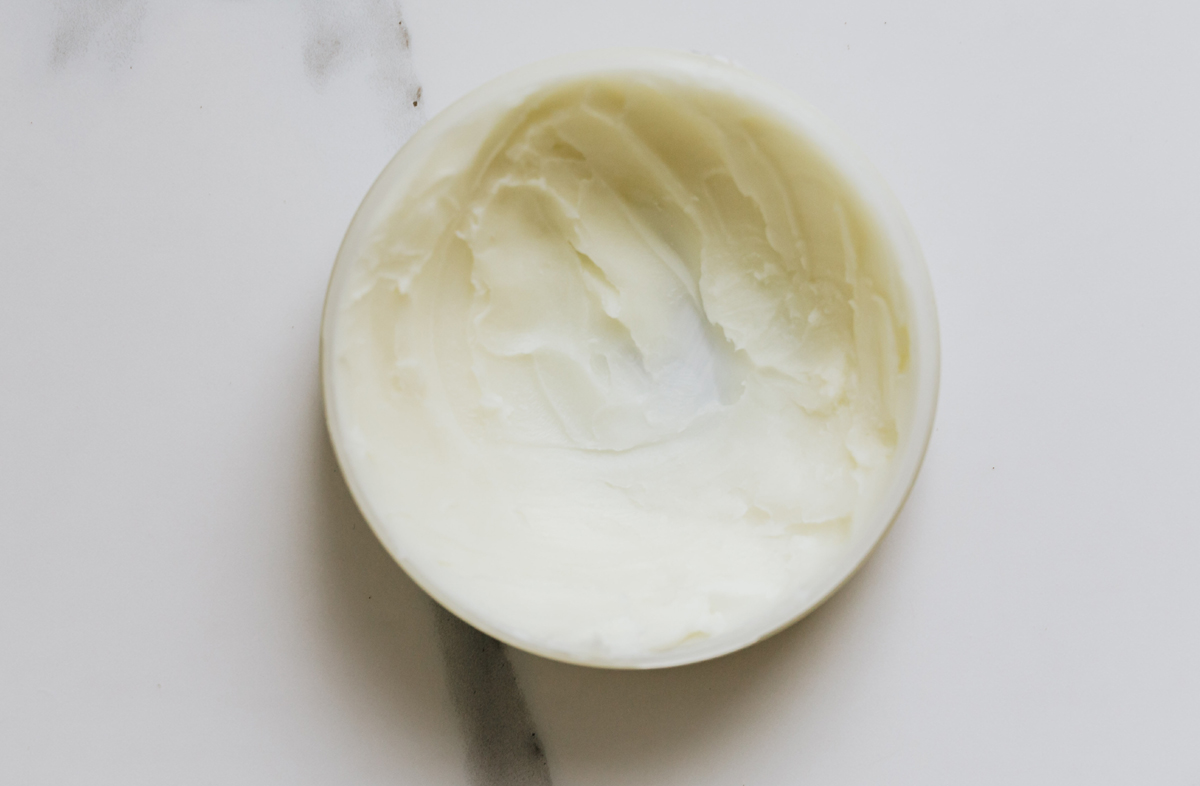Natural and Home Remedies for Yeast Infections

What is a Yeast Infection?
A vaginal yeast infection is usually caused by a fungus called Candida albicans which is normally found in small amounts in the vagina.
It’s estimated that three out of four women will have a yeast infection in their lifetime. Factors that contribute to vaginal yeast infection include pregnancy, diabetes, and the use oral contraceptives, steroids, and antibiotics. Yeast infection is also more common after menopause due to declining estrogen levels, which thin the vaginal walls.
Natural Remedies and Home Remedies for Yeast Infection
Here are some natural remedies and home remedies that are used for yeast infection.
Probiotics
Probiotics are a popular natural remedy for yeast infection. They are live microbial organisms that are naturally present in the digestive tract and vagina. Probiotics, sometimes referred to as “friendly” bacteria, suppress the growth of potentially harmful organisms such as Candida, which is why probiotic supplements have been explored as a natural remedy for yeast infection.
The type of probiotic being studied for yeast infections is Lactobacillus, especially Lactobacillus acidophilus, Lactobacillus rhamnosus GR-1, and Lactobacillus fermentum RC-14. In some studies, low levels of Lactobacilli in the vagina have been associated with yeast infection.
Preliminary lab studies have found that Lactobacilli can block the growth of Candida albicans in the vagina. Some clinical trials support these finding, however, the quality of these studies has generally been poor, making it difficult to draw definite conclusions.
Probiotics are available as oral supplements. Probiotic vaginal supposities are also available, although they are more difficult to find. To learn more about probiotics, read my article on acidophilus and probiotics.
Boric Acid Suppositories
Another natural remedy for yeast infection is boric acid. Boric acid is a chemical substance with mild antiseptic and antifungal properties. A small Italian study examined the effectiveness of a topical treatment with boric acid compared to oral treamtment with the antifungal drug itraconazole (Sporanox) in 22 women with recurrent yeast infection. The topical boric acid was found to be as effective as itraconazole.
A large study looked at a single 150 milligram dose of the oral medication fluconazole (Diflucan) or boric acid vaginal suppositories (600 milligrams a day for 14 days) in 112 diabetic patients with recurrent vaginal yeast infection. At the end of the study, boric acid vaginal suppositories resulted in a higher cure rate (63.6%) compared to fluconazole (28.8%).
In another study, the charts of all patients seen at a vaginitis clinic between 1989 and 1994 were reviewed. The charts of people who had been treated with boric acid suppositories (600 miligrams per day for 14 days) for a particular type of candida yeast infection caused by Candida glabrata were examined. Of the 26 cases, 81 percent had a clinical improvement or cure, and the fungus was eradicated in 77% of people. Boric acid suppositories were more successful than therapy with topical and oral antifungal medications, which had success rates of less than 50%.
Boric acid suppositories are available from some compounding pharmacies. A boric acid suppository product called Yeast Arrest is manufactured by a supplement company based in Oregon called Vitanica. Yeast Arrest contains boric acid and the herbs oregon grape root and calendula.
There are safety concerns, however, with boric acid. Boric acid is toxic and should never be taken internally (by mouth) or placed on cuts or open wounds. It shouldn’t be used for a prolonged period of time, or in amounts greater than what’s recommended. It should not be used by pregnant women or applied to the skin of infants or children. Side effects of the suppositories may include vaginal burning and irritation.
Tea Tree Oil
The essential oil tea tree oil, diluted and applied topically to the vaginal area, has shown some potential as a natural home remedy for yeast infection. A compound called terpinen-4-ol in tea tree oil appears to be responsible.
Unfortunately, there haven’t been any clinical studies in humans showing that tea tree oil is effective or safe for yeast infection. Until we have more evidence, it should not be recommended. Tea tree oil must be diluted before applying it to the body. Full strength tea tree oil should never be applied to the vaginal area.
Symptoms of Yeast Infection
- Itching and burning around the vagina
- White vaginal discharge that may look like cottage cheese
- Pain during sexual intercourse
- Burning with urination
Getting a Yeast Infection Diagnosed
Although there are many over-the-counter remedies and natural home remedies, you should see a doctor to get properly diagnosed and evaluated, especially if:
- This is your first yeast infection.
- You’ve had other types of vaginal or urinary tract infection.
- You’ve already tried treating yourself and symptoms persist.
- You have a weakened immune system due to cancer treatments or diseases such as AIDS.
- You have a fever, chills, nausea, vomiting, abdominal or back pain, bloody discharge, or difficult or increased urination. Go to the hospital immediately, as it may be a serious condition such as kidney infection, appendicitis, or pelvic inflammatory disease.
- You’re with a new sex partner or have had multiple sex partners. It’s important to make sure you don’t have a sexually transmitted disease, since the symptoms can be similar.
Vaginal yeast infection can be confused with other conditions, such as:
- Bacterial vaginosis – this common condition occurs when there is an imbalance between beneficial and harmful bacteria in the vagina. Bacterial vaginosis can spread through sexual intercourse, but it can also occur in women who douche or use an intrauterine birth control device (IUD). It is also common in pregnancy. Symptoms include a gray, foul-smelling discharge with a fishy odor. The odor is often more noticeable after sexual intercourse.
- Noninfectious vaginitis – Douches, perfumed soaps, spermicides, bubble baths and feminine hygiene sprays can irritate the skin around the vagina. Symptoms include itching, burning, and pain. One type, atrophic vaginitis, is caused by lowered estrogen after menopause.
- Trichomoniasis – Common sexually transmitted disease caused by the parasite trichomonas vaginalis. In men, it usually infects the urinary tract but often produces no symptoms. In women, symptoms can include greenish-yellow discharge that is sometimes frothy. People with trichomoniasis have a higher risk of other sexually transmitted diseases, such as gonorrhea, chlamydia, syphilis, and HIV.
Complications
It’s important to see a doctor for a proper diagnosis is that if it’s not actually a yeast infection, the delay in getting treated can cause complications.
In pregnant women, vaginal yeast infection can result in premature delivery and low birth weight.
Untreated vaginal yeast infection can lead to pelvic inflammatory disease, a condition which can scar the fallopian tubes and cause infertility.
Trichomoniasis and bacterial vaginosis have also been linked to an increased risk of human immunodeficiency virus (HIV) and other sexually transmitted diseases.
Prevention Tips
- Don’t douche.
- Use a condom.
- Wear cotton instead of synthetic underwear.
- Avoid baths, hot tubs, or whirlpools.
- Avoid scented products, including tampons and feminine hygiene sprays.
The Author:
Yeastinfectionnomore..com








